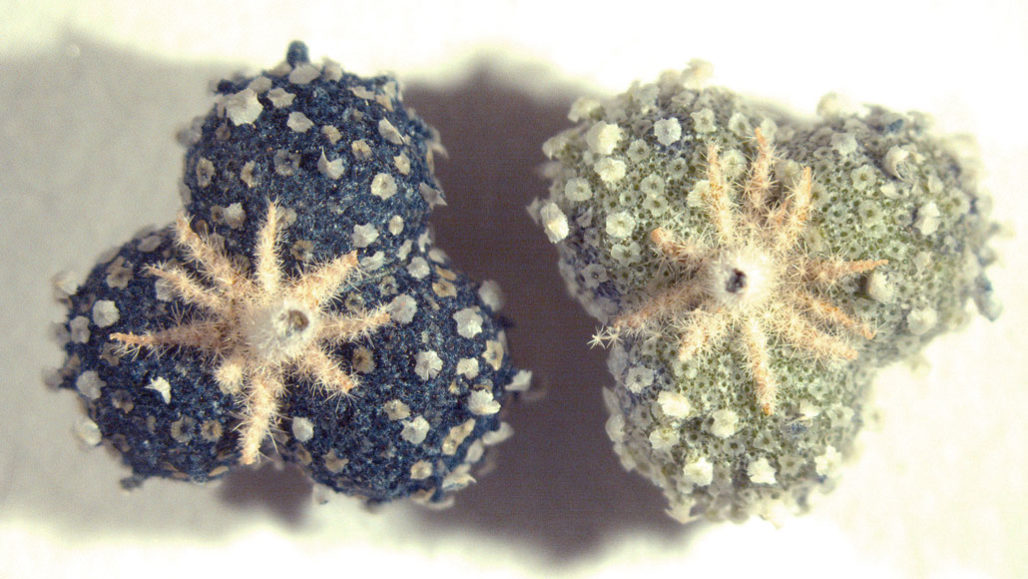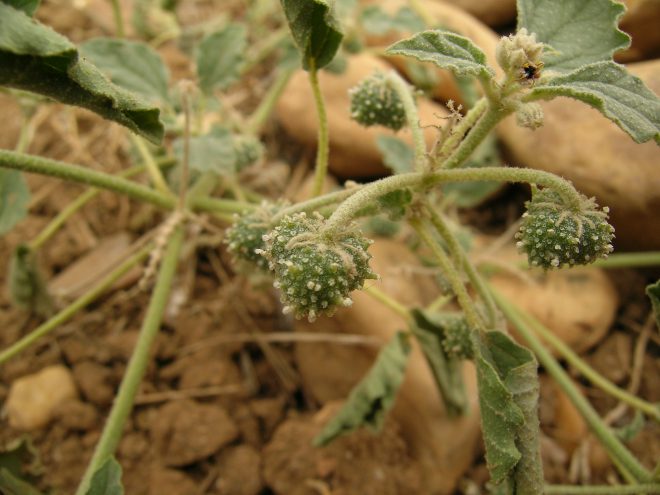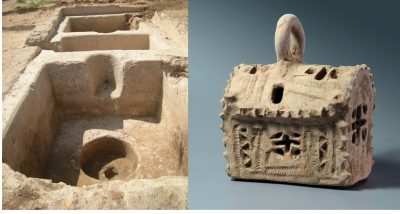
Used in medieval art and illustrations, and in Dutch cheese. Botanists in Portugal have some fun by recreating ancient blue from foraged plants in a nearby village.
The mystery is such a mystery that even when botanists say they might have found clues, the secret, I suspect it will still be a mystery: the source of techelet, ancient blue used by Jews. The color blue was hard to come by in ancient times, and it was expensive, like the queen of all blues lapis lazuli, but like today it was revered especially in spiritual sources. The Jews used an ancient blue called techelet to dye their prayer garments, the four cornered clothing they wear to keep their minds and hearts on doing good deeds. The Bible explores how these strings on the prayer shawl should look, and that they should be dyed blue, it says.

But where does this blue come from? It’s important for religious Jews to be vigilant with biblical commandments, so to find the original source of blue is important to them. The Talmud names the source as a sea creature called the hillazon which many believe to be a sea snail known as the Murex trunculus. But, while there is broad consensus for this identification, its acceptance in practice is not universal.
Europeans, also loved blue and artisans used it widely as a color in medieval times. One that came in favor was a blue called turnsole or folium, and as part of a research project researchers from Spain took ancient instructions on how to do it. They found the plant in a nearby village, collected the berries and went step by step to recreate it.

The researchers from Portugal reported their findings which included analysing the structure of the dye using modern equipment. It’s probably more complicated to make than sourdough bread. But I wonder, is the ancient blue used back then in watercolor dye any clue to the ancient blue used by Jews?
Published in Science Advances, the group has identified the molecular structure of the dye by following ancient preparatory techniques.
About 1000 years ago during Medieval times in Europe, a special blue was used called folium or turnsole to color paintings and illustrations. For a few hundred years, dye makers went into great detail to explain how this blue was made. The old books say the blue was made from the berries of the Chrozophora tinctorial plant—which is a small, grayish-green wild herb that grows in Europe.
Botanists on the team from Nova University scoured the countryside nearby and found the plant growing along the road in a town called Monsaraz in Portugal. The team then followed all the instructions from the ancient dye makers on how best to collect the berries and when.
They learned how to extract the pigment from the berries and then how to treat and purify it. They then soaked a small piece of cloth with the dye of the berries and when they needed to use the dye would take a small snip of the cloth, and added water to release the blue.

Watercolors of folium preserved on fabric squares. Credit: Paula Nabais/NOVA University
They then applied modern testing techniques to identify what it was made from and found it came from a hermidin alkaloid which they named chrozophoridin. If they know more about this dye, the researchers say they can be better equipped to preserve medieval work that uses folium.
A perfect forgery?
And what about this dye being connected to the biblical blue? I contacted Mois Navon from the Ptil Tekhelet, an organization that manufactures blue dye from the Murex trunculus to make the biblical fringes, and he explained that the Talmud actually discusses a perfect forgery dye made from a plant called “kela ilan”. This plant is known by its latin name Indgoferra tinctorial.
The Talmud goes on, Navon explains, to forbid any blue dye not sourced in the hillazon. So while plants have been a wonderful source of blue in ancient times, they have never been accepted for ritual use.



